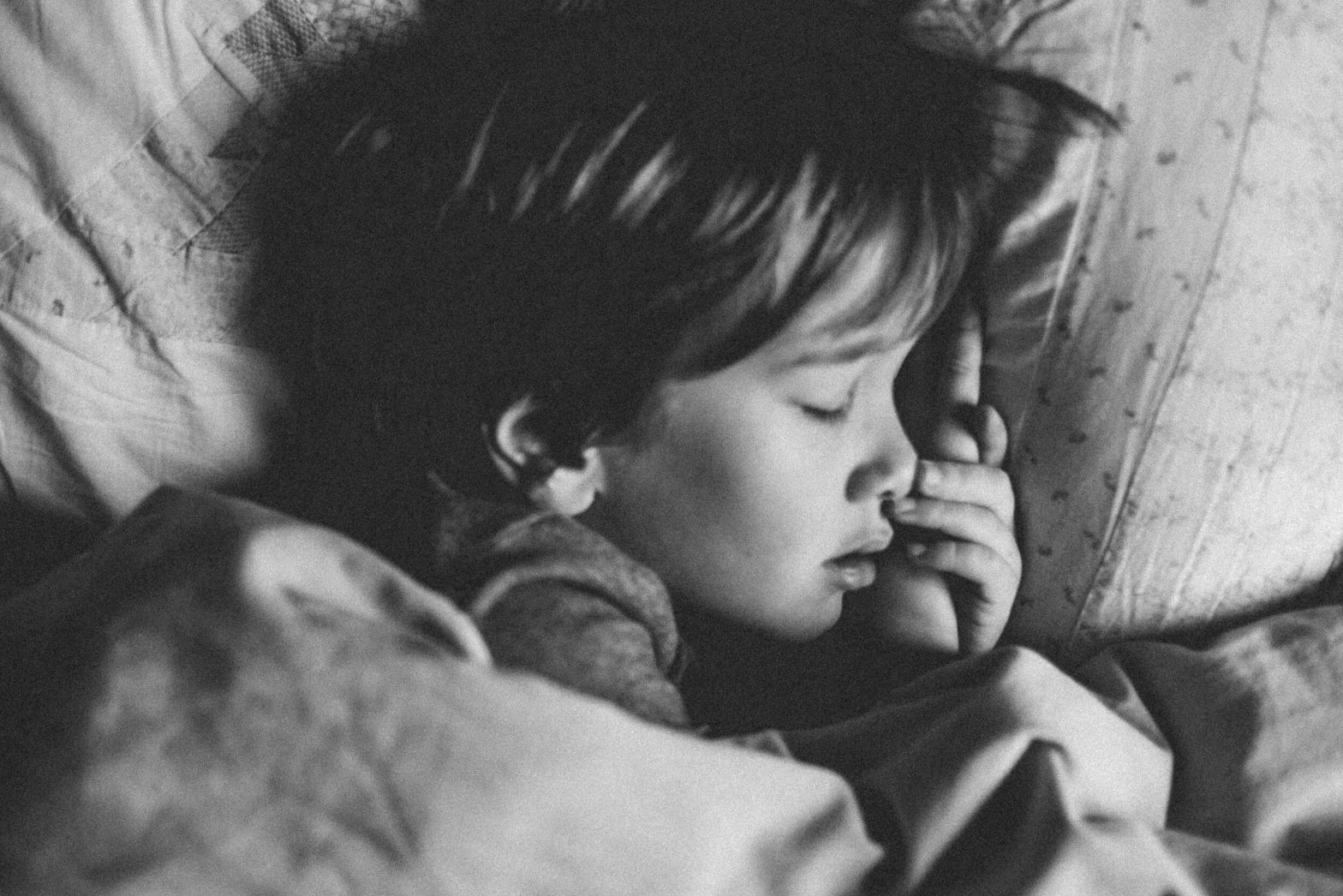“Sweet dreams!” you whisper as you flip on the nightlight and gently close the door. As your little ones drift off and slip into a deep slumber, your house—finally—slips into a calm, stillness.
But have you ever noticed that momentary peace is quickly disrupted by a loud snore?
If so, your child might be among the 1 to 4 percent of children who suffer from obstructive sleep apnea. Pediatric obstructive sleep apnea, or OSA, is a sleep disorder in which a child’s upper airway is partially or fully blocked. Pediatric OSA prevents proper airflow by briefly and repeatedly stopping a child’s breathing as he or she sleeps. This, of course, prevents a restorative night’s sleep.
The most common symptoms while your child is asleep may be limited to just teeth grinding or may also include snoring, tossing and turning, mouth breathing, long pauses between breaths, night sweats/terrors and bedwetting. Though daytime sleepiness is prevalent in adults who have sleep-disordered breathing, children can present with behavioral problems. In fact, in many cases, children are actually misdiagnosed with ADHD.
Read on to learn five reasons that can cause a child to suffer from pediatric sleep apnea.
1. Family History of Sleep Apnea
OSA is a genetic condition and thus can be passed down from either parent. This occurs because children tend to inherit the facial features of their parents.
2. High Body Mass Index
Adult OSA typically afflicts those who are older and overweight. Similarly, child obesity has been associated with pediatric sleep apnea. In these cases, weight management, such as nutrition and exercise, can reduce sleep apnea’s impairments.
3. Abnormal Oral Tissues
Abnormally restrictive oral tissues know a a frenum can effect a child’s sleep. More commonly known as lip and tongue ties, these conditions can impair proper function of the lip and tongue. The tongue is especially important for proper breathing. Impaired tongue position can have an impact on upper jaw development which in turn has an effect on nasal vs mouth breathing.
4. Narrow Anatomy of Mouth, Jaw, or Throat
As a child falls asleep, all of his or her muscles relax. The mouth, jaw, and throat are no exception. If your child already has a narrow airway as well as a relatively large tongue, when relaxed, the airway can be easily obstructed.
5. Enlarged Tonsils and Adenoids
Enlarged tonsils and adenoids can play a role in preventing proper airflow during the night. Like an anatomically narrow airway, the larger anatomy of these structures can become an issue when your child sleeps. Allergies to environmental irritants such as dust or pollen can further enlarge the tonsils and adenoids affecting breathing and sleep.
What if your child is exhibiting symptoms?
There are various treatments for those who experience pediatric OSA. Such treatments include allergy medications, weight management, inhalers, and in some cases tonsil and adenoidectomy. Oral appliance therapy, such as palate expanders, is another treatment in which a child wears an oral device that gently helps the upper jaw grow wider. This opens the airway by increasing both upper jaw size and airflow through the nose. The inside of the nose after all is the other side of the palate.
Are you lying awake at night because you’re worried your little one is snoring loudly, isn’t getting a restful night’s sleep, or maybe they are not behaving like the child you know they could be? Every child is different, and the most crucial first step is a proper diagnosis. Rest easy by seeking out the best care for your child. Dr. Daniel Moheban has completed advanced training in pediatric dental sleep medicine and has helped many children breathe more easily and grow into the best version of themselves. Contact Children’s Dental Specialities in Worcester, Massachusetts, to schedule an airway evaluation and sleep disorder screening with Dr. Moheban!

